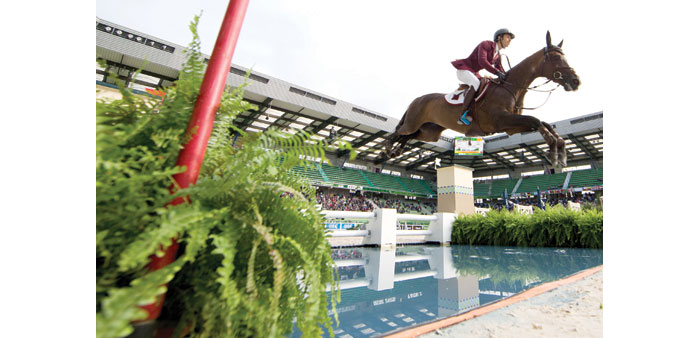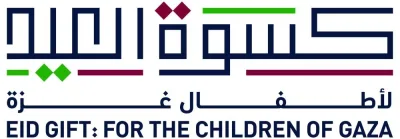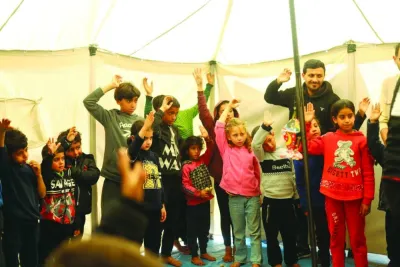EXQUISITE: Khalid Mohammed al-Emadi of Qatar riding Tamira IV in the show jumping competition during the World Equestrian Games 2014 in Caen, France. The team placed 16th in the team competition.
By Michael Rossmann
A group of wealthy Qatari equestrian enthusiasts are shaking up the staid world of show jumping by pouring big sums of money into the sport.
“The most important goal now is qualifying for the 2016 Olympics in Rio de Janeiro,” show jumping rider Khalid Mohammed al-Emadi explained at the recent World Equestrian Games in Caen, France where Abdul-Rahman al-Sulaiteen bagged Qatar’s sole medal, a bronze for the individual endurance event.
Show jumper al-Emade, 19, had spent the previous two months training at a riding facility in the German town of Wachtberg-Niederbachem, just south of Bonn — one of three such training centres the Qataris have set up.
It’s said that money can’t buy happiness, but if you define happiness by success in sports, money carries you a long way toward satisfaction.
It’s not only the three training facilities, nor the fact that the Qataris have bought a plane specially to fly their horses to competitions, but also the eye-popping sums of money being spent to acquire top-grade horses that has caused such a stir.
It is estimated that 12 million euros (15.5 million dollars) were paid for the horse Palloubet D’Halong in Switzerland.
That makes the 6 million euros paid for the mare Bella Donna, on which German show jumping rider Meredith Michaels-Beerbaum rode at the London Olympics two years ago, appear almost modest by comparison.
For several years now, it has been mainly Saudi Arabia and Qatar that have been investing in show jumping horses and sending waves through the horse market.
At the World Equestrian Games, the recent show jumping competition in Caen, France, the Qatar Armed Forces were listed as the owner of three of the horses entered.
“I’m the person taking care of the purchases for our team,” says Karl Schneider, who runs the equestrian training facility in Wachtberg-Niederbachem and who has been working for the Qataris for more than four years now.
For how much money? “It isn’t bad,” he smiles.
Schneider isn’t allowed to talk about the money side. But he does divulge, “Bella Donna was the most expensive horse for me.” It was Dutchman Jan Tops who brokered the record-setting sale of Palloubet D’Halong.
The older Qatari riders have set up shop with the Dutch horse trader in Valkenswaard.
Schneider, at his facility near Bonn, is in charge, along with Swiss coach Markus Fuchs, of the younger Qatari show jumpers. Two of them competed in Caen.
In fact, the Qataris had three equestrian teams, effectively competing against one another in Caen.
One of the three teams is from Qatar’s federation, one from the police and one from the armed forces.
“This is a competitiveness that is also going on inside their country,” explains Schneider, wearing the team jacket of the emirate.
Last spring, there were 20 Qatari-owned horses at Schneider’s training centre, and by mid-year, the number was up to 40.
“In the summer we are in Europe, in the winter directly on the scene,” Fuchs explains. The Swiss coach, who won the show jumping world cup title in 2001, says of his work with the young Qatari riders: “It’s a round-the-clock job.”
The young riders are 18 to 22 years old and the coach has to cope with the vagaries of the young men’s circadian rhythms. He has even experienced one of his charges failing to show up for the last
practice session before a major competition because he had slept in.
Schneider says about rider Hamad Ali Mohamed al-Attiyah, “I began working with him when he was 14 years old.”
Now he is 19 and at the equestrian games in Caen was riding the stallion Whitaker. The mare Bella Donna remained in the stable.
It’s nice for a rider to be that spoiled for choice. The Qataris are a team to watch as the Olympics approach. — DPA



